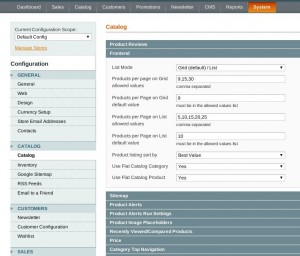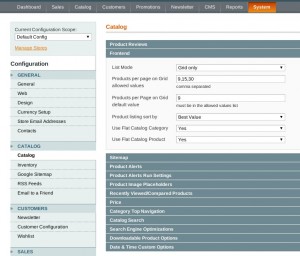I got some complaints to my bxgy module about reminder message is not showing in shopping cart as it supposed to be. But I checked over and over on my machine and did not find anything preventing reminder message being shown.
By a chance I realise maybe those people changed Magento interface and theme in a not nice way. What is a nice way? By my definition, any extension or change to Magento original code should make sure
- do as few changes as possible
- Magento default theme can always be fallen back to
I take it as a basic requirement of customisation, but I can not guarantee everyone else see it through. If I rely on a module layout xml file to trigger an action against a specific route, I get a higher chance of my layout xml file being bypassed by some incompatible theme.
In bxgy module version 0.1.0 to 0.1.1, I wrote a layout handle checkout_cart_index in bxgy.xml, which is expected to add a message to the message block against route checkout/cart/index. If bxgy.xml is bypassed (when the theme settings do not take default theme fallback into consideration), nothing will happen. Do I have to use layout xml file to trigger an action against a specific route? Absolutely not. There are many ways around.
In a newer version of bxgy module, I use an event observer to trigger “controller_action_postdispatch_checkout_cart_index” event, and add message to the message block in this observer. Because adding reminder message is something more relevant to functionality than presentation, the code’s logic is better if it is moved from design folder to app folder. And event observer is independent of theme settings.
BTW, I finished coding this new version of bxgy, but I want to put together some other modules before release it.

